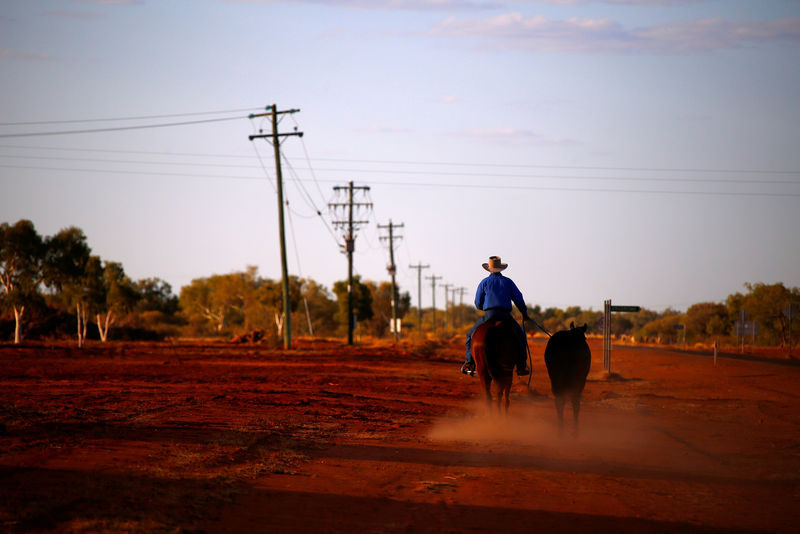Australia's energy system is gearing up to face a unique set of challenges this summer, including a significant spike in electricity demand, heightened bushfire risk and extreme heat conditions.
The forecast for summer this year is for a hot and dry El Nino weather system, which is predicted to bring with it soaring temperatures.
This could see electricity demand reach a one-in-10-year high along the eastern seaboard and in Western Australia as businesses and communities lean on power for cooling and refrigeration.
Additionally, authorities have issued warnings about an elevated bushfire risk, which could potentially damage high-voltage transmission lines, posing a severe threat to the electricity grid.
In light of this, the Australian Energy Market Operator (AEMO) has issued warnings emphasising that the energy system must remain resilient to avoid unexpected outages or supply disruptions.
In August, the AEMO cautioned that the energy system could face severe stress levels as early as this summer. Victoria and South Australia were specifically called out as areas at risk of blackouts due to potential shortages in generation capacity.
While emergency measures have been implemented to mitigate this shortfall threat, the ageing coal generators in Australia provide limited capacity to handle unexpected issues.
The regulator has been conducting extensive planning in collaboration with industry stakeholders, governments and network businesses to prepare for the impending challenges.
To address potential supply shortages, the AEMO has requested commitments for additional generation in South Australia and Victoria. Moreover, tenders have been invited from heavy electricity users who can be incentivised to reduce their demand during peak periods when grid strain threatens blackouts.
In anticipation of the summer demand surge, some 1,500MW of scheduled generation will come online this summer compared to the previous year, with an additional 2,000MW of generation capacity expected from new wind and solar projects. Western Australia is also expected to gain nearly 50MW of extra scheduled generation.
While these measures offer some relief, coal still remains the dominant source of electricity in Australia – and many coal generators are approaching the end of their operational lifespan, making them vulnerable to faults.
Although power station operators have conducted intensive maintenance to prepare for increased demand, past experiences have shown a propensity for issues to arise.
Despite infrastructure improvements, the risk of rolling blackouts remains, especially during maintenance or low renewable energy periods, and bushfires pose additional threats to power supply.
The heightened electricity demand could translate into increased wholesale electricity prices, which have a substantial impact on household and business bills.
Australian households, already grappling with high inflation and multiple interest rate rises, have witnessed electricity and gas price hikes of more than 20% in the past two years.
